Archives
- 2025-12
- 2025-11
- 2025-10
- 2025-09
- 2025-03
- 2025-02
- 2025-01
- 2024-12
- 2024-11
- 2024-10
- 2024-09
- 2024-08
- 2024-07
- 2024-06
- 2024-05
- 2024-04
- 2024-03
- 2024-02
- 2024-01
- 2023-12
- 2023-11
- 2023-10
- 2023-09
- 2023-08
- 2023-06
- 2023-05
- 2023-04
- 2023-03
- 2023-02
- 2023-01
- 2022-12
- 2022-11
- 2022-10
- 2022-09
- 2022-08
- 2022-07
- 2022-06
- 2022-05
- 2022-04
- 2022-03
- 2022-02
- 2022-01
- 2021-12
- 2021-11
- 2021-10
- 2021-09
- 2021-08
- 2021-07
- 2021-06
- 2021-05
- 2021-04
- 2021-03
- 2021-02
- 2021-01
- 2020-12
- 2020-11
- 2020-10
- 2020-09
- 2020-08
- 2020-07
- 2020-06
- 2020-05
- 2020-04
- 2020-03
- 2020-02
- 2020-01
- 2019-12
- 2019-11
- 2019-10
- 2019-09
- 2019-08
- 2019-07
- 2019-06
- 2019-05
- 2019-04
- 2018-07
-
br ASK in Huntington s disease and other polyglutamine
2024-05-15
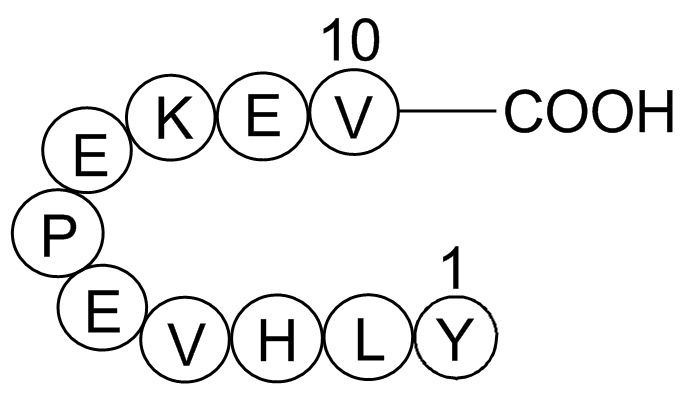
ASK1 in Huntington's disease and other polyglutamine diseases The polyglutamine (polyQ) diseases are a group of inherited neurodegenerative disorders caused by the expansion of cytosine-adenine-guanine (CAG) trinucleotide repeats in the coding regions of specific genes, leading to the production
-
The objectives of this study were to
2024-05-15
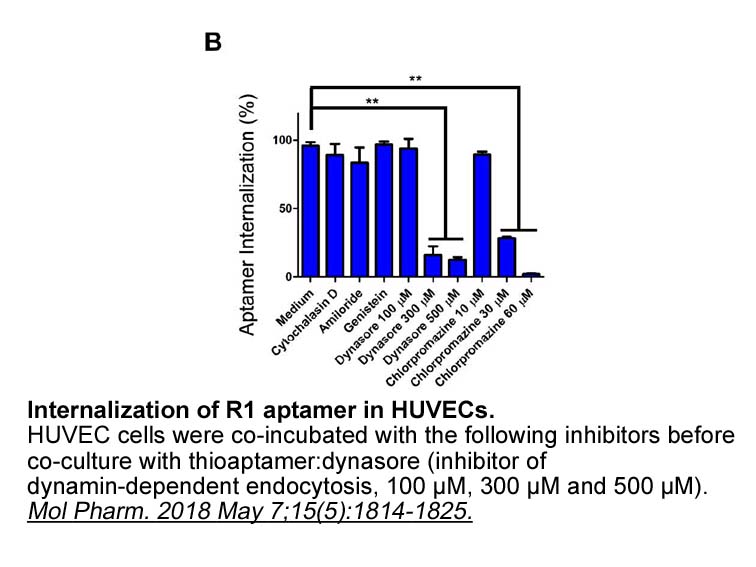
The objectives of this study were to investigate 1) the mRNA and protein expression of apelin and APJ in porcine ovarian follicles of different sizes, and their immunolocalization and concentrations in follicular fluid and ovarian follicle, and 2) the direct effect of recombinant human apelin-13 on
-
br Materials and method br
2024-05-15
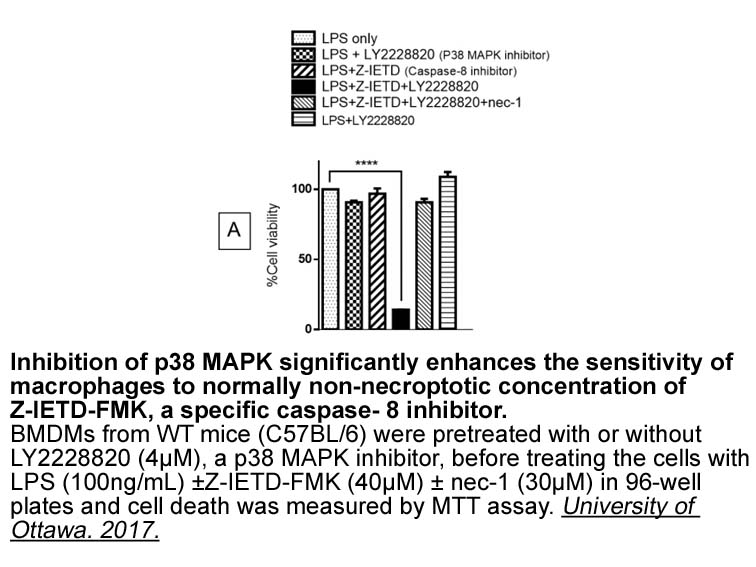
Materials and method Results and discussion Conclusion The adsorption behaviors of 5 antibiotics on 5 types of microplastic particles were investigated using batch type experiments. Our results showed that adsorption capacities varied among antibiotics, plastic types, and environmental cond
-
Use of RASB is associated
2024-05-15
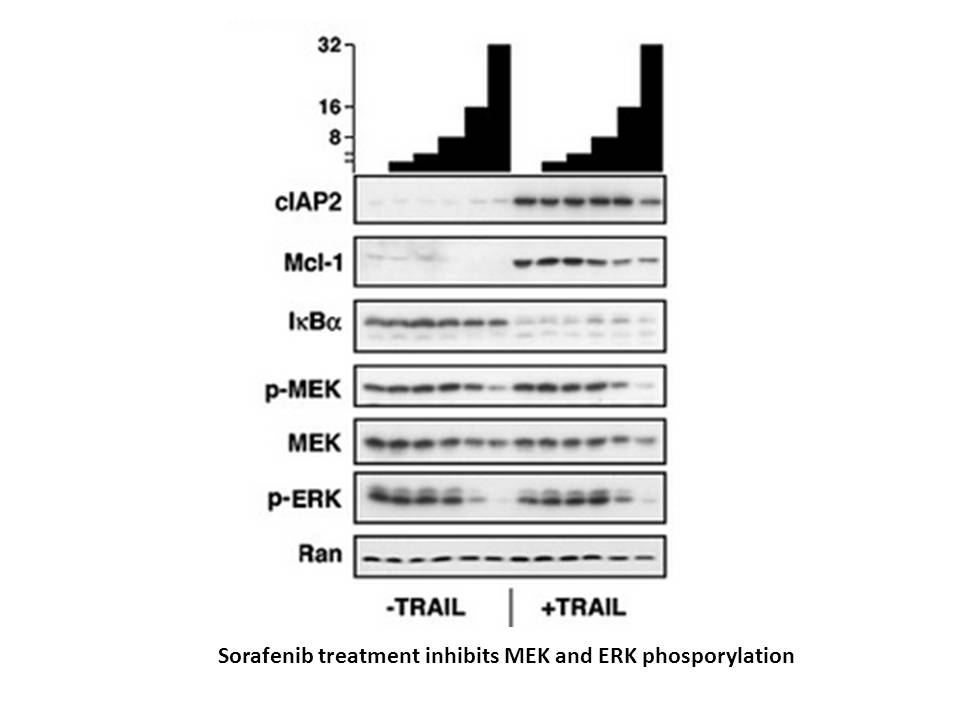
Use of RASB is associated with potential concerns about side effects such as acute kidney injury or hyperkalemia, and clinicians are reluctant to prescribe RASB in patients with severe renal dysfunction (estimated GFR Conclusions Conflict of interest Acknowledgement Introduction Renin-an
-
br Valsartan It is another ARB with several
2024-05-15
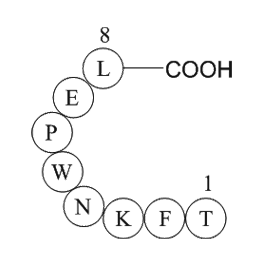
Valsartan It is another ARB, with several reports for its beneficial effects on CV system both in preclinical and clinical studies. Valsartan treatment has reduced the levels of pentraxin 3, a marker for inflammation and is well tolerated in terms of side effects [17]. In BSCORE study, 90-day sec
-
br Eprosartan The AT R antagonist eprosartan is approved
2024-05-15
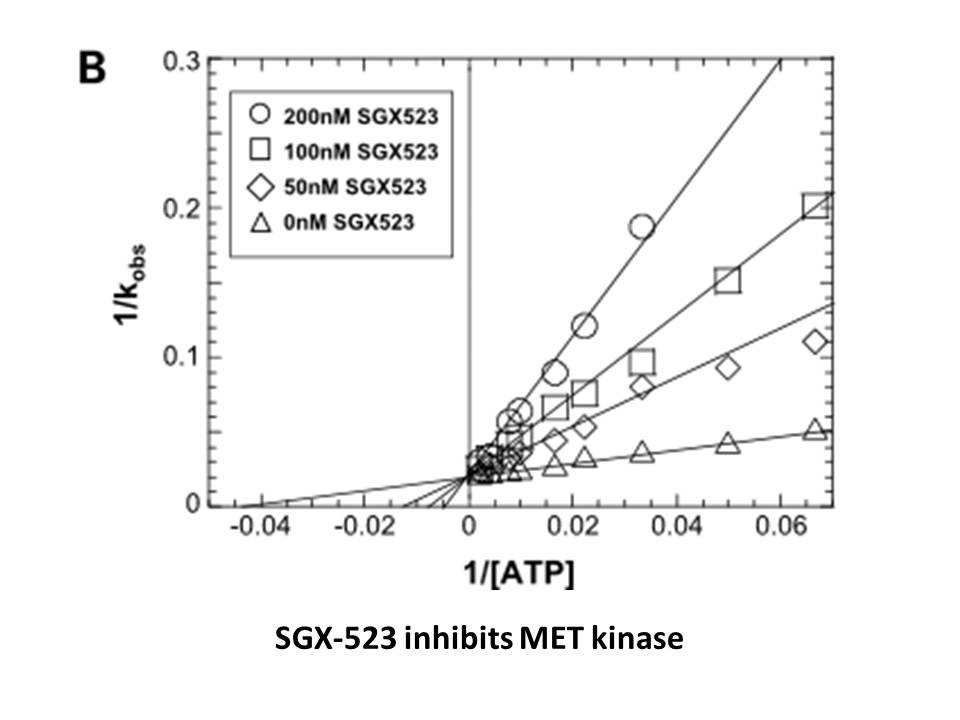
Eprosartan The AT1R antagonist eprosartan is approved for the treatment of essential Capreomycin Sulfate and may be administered using a convenient once-daily regimen. The drug is a well-tolerated and effective antihypertensive agent with benefit in the secondary prevention of cerebrovascular ev
-
What is the mechanism by which Wnt a
2024-05-15
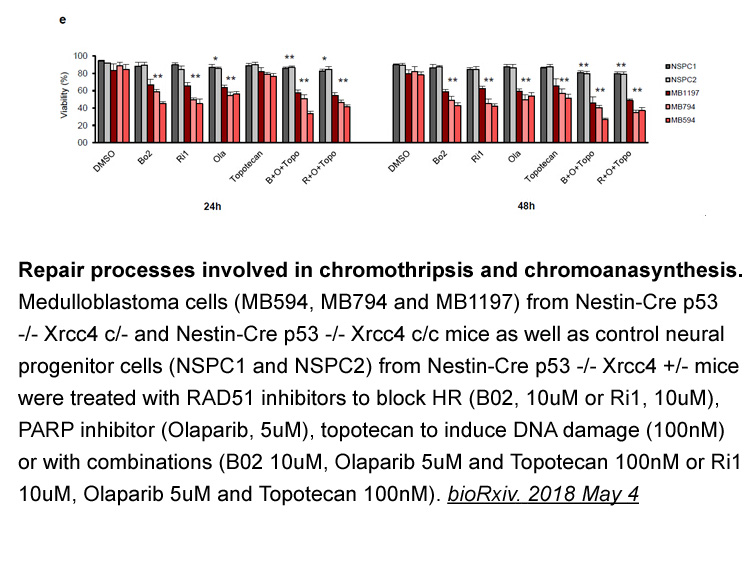
What is the mechanism by which Wnt7a-Fz7 signaling enhances AMPAR localization and synaptic strength? Following induction of LTP, the number of AMPARs rapidly increases at extrasynaptic sites (Makino and Malinow, 2009, Yang et al., 2008a) through PKA-dependent phosphorylation of GluA1 at S845 (He et
-
Notably AR and AR signaling can also occur
2024-05-14
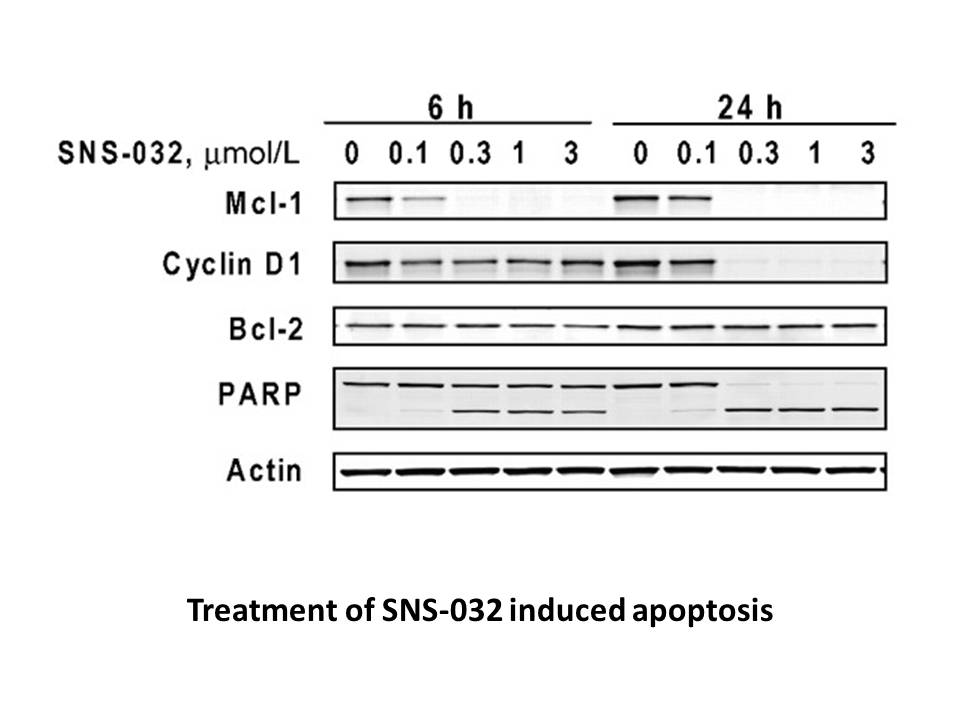
Notably, β2AR and β3AR signaling can also occur via mechanisms independent from G protein [13]. Additionally, the response to GPCR stimulus can be modified by various parameters, including chronic stimulation, cell hypoxia, acidosis, and aging [14], [15], [16]. GRKs have a significant role in the r
-
Refametinib Sperm total motility and hyperactivated
2024-05-14
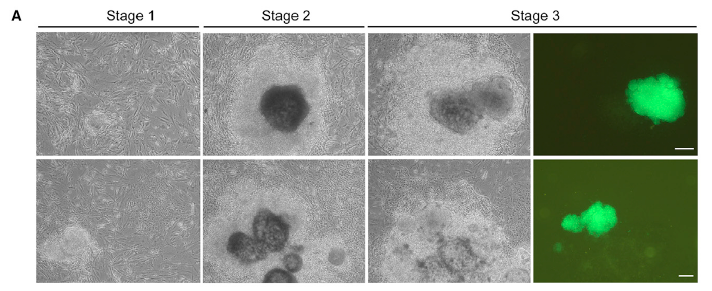
Sperm total motility and hyperactivated motility are mediated by PLD-dependent Refametinib polymerization [20]. Reduction of PIP2 synthesis inhibited actin polymerization and motility, and increasing PIP2 synthesis enhanced these activities. Furthermore, sperm demonstrating low motility contained l
-
Thus phosphorylation of p was
2024-05-14
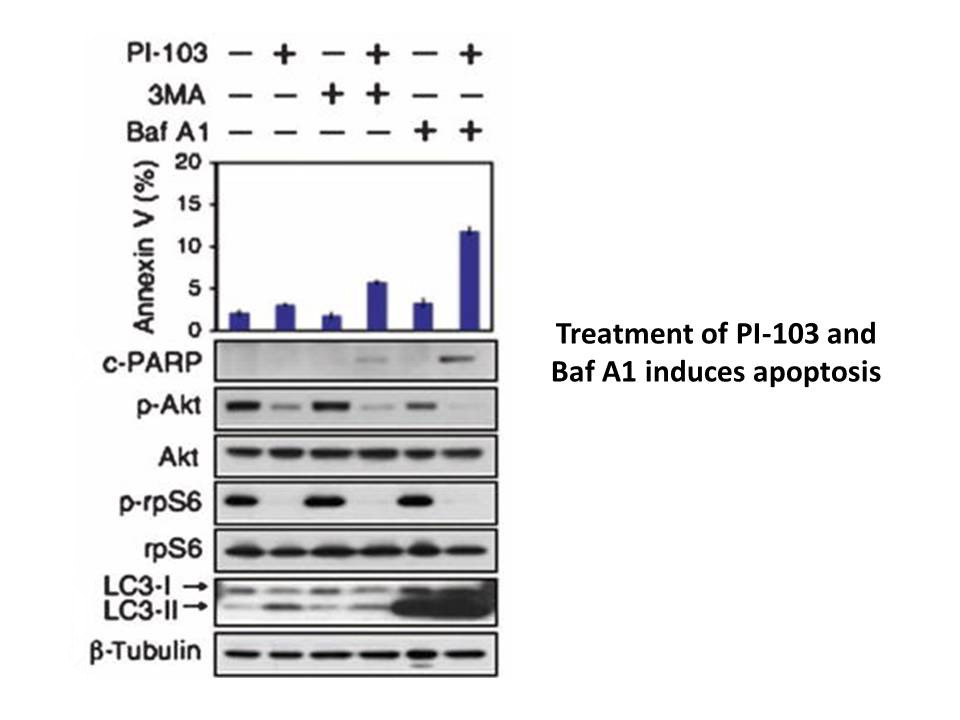
Thus, phosphorylation of p38 was used to measure the intracellular potency of ASK1 inhibitors. In this assay, HEK293/AP-1luc BMS-626529 expressing human full-length ASK1 were incubated with compound for 18 h and then lysed and the level of phospho-p38 was quantified using the HTRF assay [33]. Re
-
In this study we showed that TRIM promotes ASK activation
2024-05-14
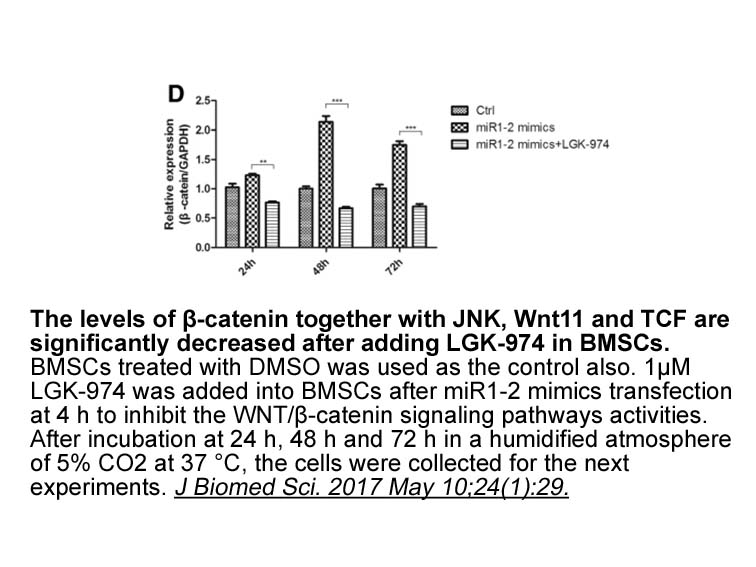
In this study, we showed that TRIM48 promotes ASK1 activation through ubiquitination-dependent degradation of a negative regulator of ASK1 activation, protein arginine methyltransferase 1 (PRMT1). Knocking down TRIM48 suppressed oxidative-stress-induced cell death mediated by ASK1, and the additiona
-
Thirdly and finally multiple studies have analyzed
2024-05-14
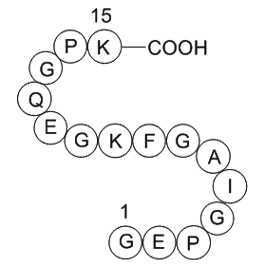
Thirdly and finally, multiple studies have analyzed the activation of neurons in the auditory telencephalic areas of songbirds in response to various auditory stimuli. Neuronal activation was identified by the increased expression of immediate early genes such as fos or ZENK (also know as zif-268, e
-
There is little question that as we become
2024-05-14

There is little question that as we become more proficient in the diagnosis of arginase 1 deficiency individuals with intermediary elevations in arginine on newborn screening and partial defects in enzymatic activity will be found. There are no reliable data to determine a safe level of arginine and
-
Oxaprozin synthesis br Materials and methods br Results br D
2024-05-14
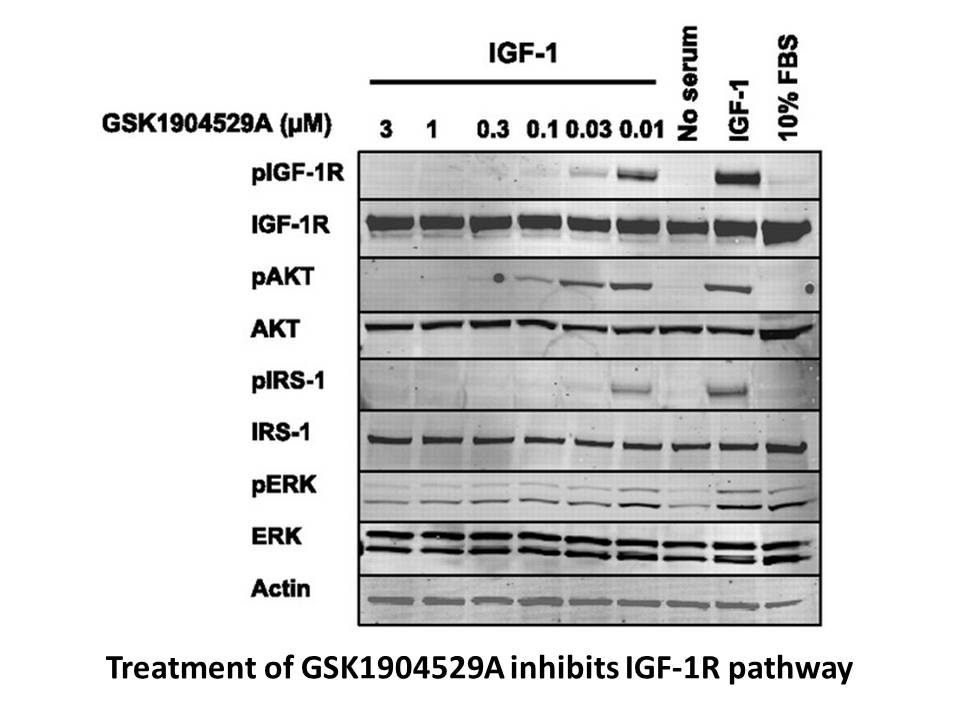
Materials and methods Results Discussion Pulmonary fibrosis is a progressive and chronic lung disease and its typical features include Oxaprozin synthesis proliferation, epithelial injury, chronic interstitial inflammation, increased extracellular matrix (ECM) production, and collapse of a
-
While there is much in vivo work
2024-05-13
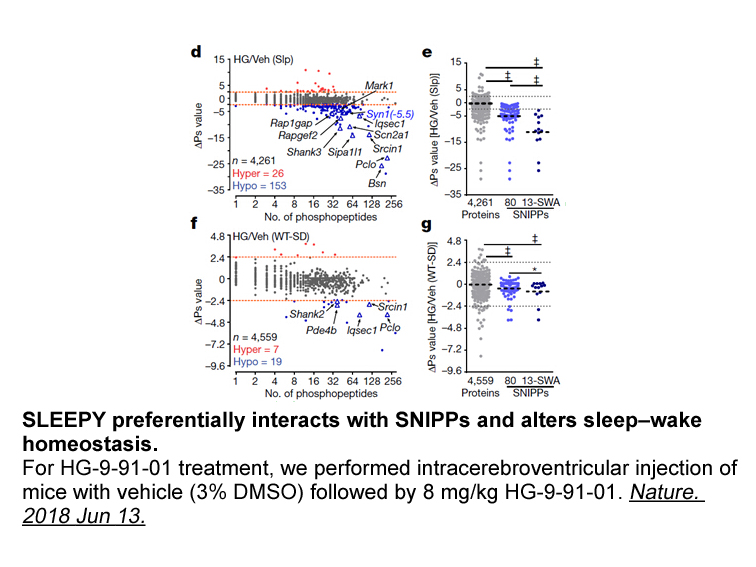
While there is much in vivo work on prion-like Aβ, it has not been shown that one can induce inclusions of Aβ in cultured cells as has been shown for tau and α-synuclein. One reason is practical; Aβ is a low molecular weight metabolite cleaved from within the larger amyloid precursor protein (APP)
15598 records 154/1040 page Previous Next First page 上5页 151152153154155 下5页 Last page